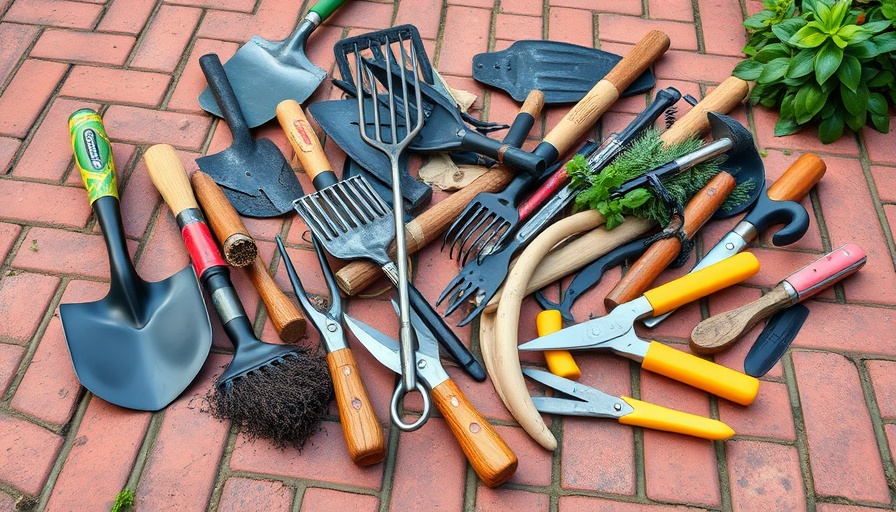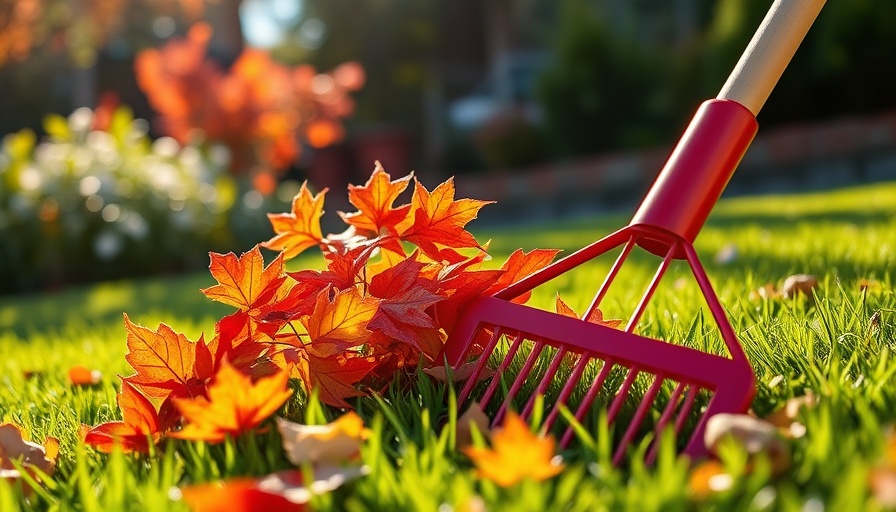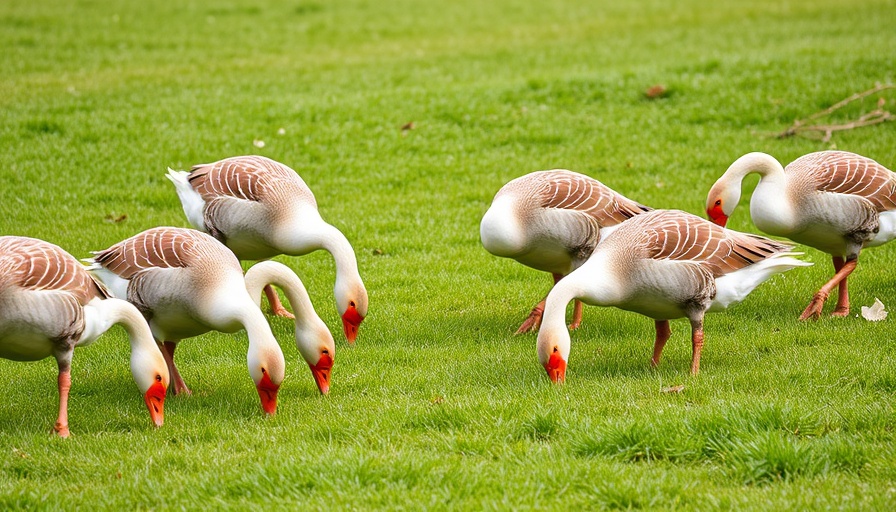
Essential Garden Tools Every Homeowner Should Have
Whether you are a first-time homeowner or a seasoned veteran in garden care, having the right tools is essential for maintaining a beautiful yard. This article explores some of the must-have gardening tools and offers practical tips on how to use each effectively, ensuring that your yard thrives.
Understanding the Importance of Basic Garden Tools
While the lure of expansive, modern gardening tool sets is strong, many homeowners will find that simpler, basic tools are entirely sufficient for routine yard work. It's essential to recognize which tools are truly necessary rather than overwhelming your storage with every gadget available. By mastering fundamental tools, you can tackle common gardening tasks with ease and confidence.
Core Gardening Tools and Their Uses
Your tool collection should begin with the essential items that provide the versatility needed for various tasks:
- Pruning Shears: Ideal for trimming delicate branches up to an inch thick. Ensure yours are sharp and clean for efficient cutting.
- Hand Trowel: Perfect for digging small holes for planting and weeding. Its sharp blade allows you to break up soil effortlessly.
- Loppers: These are ideal for reaching higher branches and tackling thicker limbs with greater leverage.
- Leaf Rake: Essential during the fall for gathering leaves and maintaining cleanliness in your yard.
- Drain Spade: Necessary for digging narrow trenches and transplanting deep-rooted plants.
The Right Techniques for Using Gardening Tools
Knowing how to use each tool effectively can significantly enhance your gardening experience:
- Using Pruning Shears: Begin at the collar of a branch, applying gentle pressure to ensure a clean cut. Proper technique reduces the risk of damaging the plant.
- Employing a Hand Trowel: For weeding, insert the trowel tip into the soil to disrupt weeds' roots before pulling them out with the soil surrounding them, ensuring a complete removal.
Keeping Your Tools in Top Shape
Maintenance of your gardening tools will extend their life and improve performance:
- Regular Cleaning: After each gardening session, wipe down tools to remove soil and moisture.
- Sharpening Blades: Regular sharpening keeps tools efficient, making tasks like pruning and digging easier and safer.
Benefits of DIY Gardening Maintenance
Engaging in gardening tasks on your own instills a sense of accomplishment and can lead to significant cost savings. By mastering these essential gardening techniques and tools, you no longer need to rely on expensive landscapers for simple tasks.
Embrace Your Inner Gardener!
Gardening not only beautifies your home but promotes mental wellness through its therapeutic nature. With the right tools and knowledge, anyone can cultivate their outdoor spaces successfully. So grab your shears, put on your gloves, and start exploring the endless possibilities with your garden.
Take Action Now!
Each garden is unique, and developing your skills will transform your outdoor space into something incredible. Dive into small DIY projects today to reap the rewards of personal effort and creativity.
 Add Row
Add Row  Add
Add 



Write A Comment